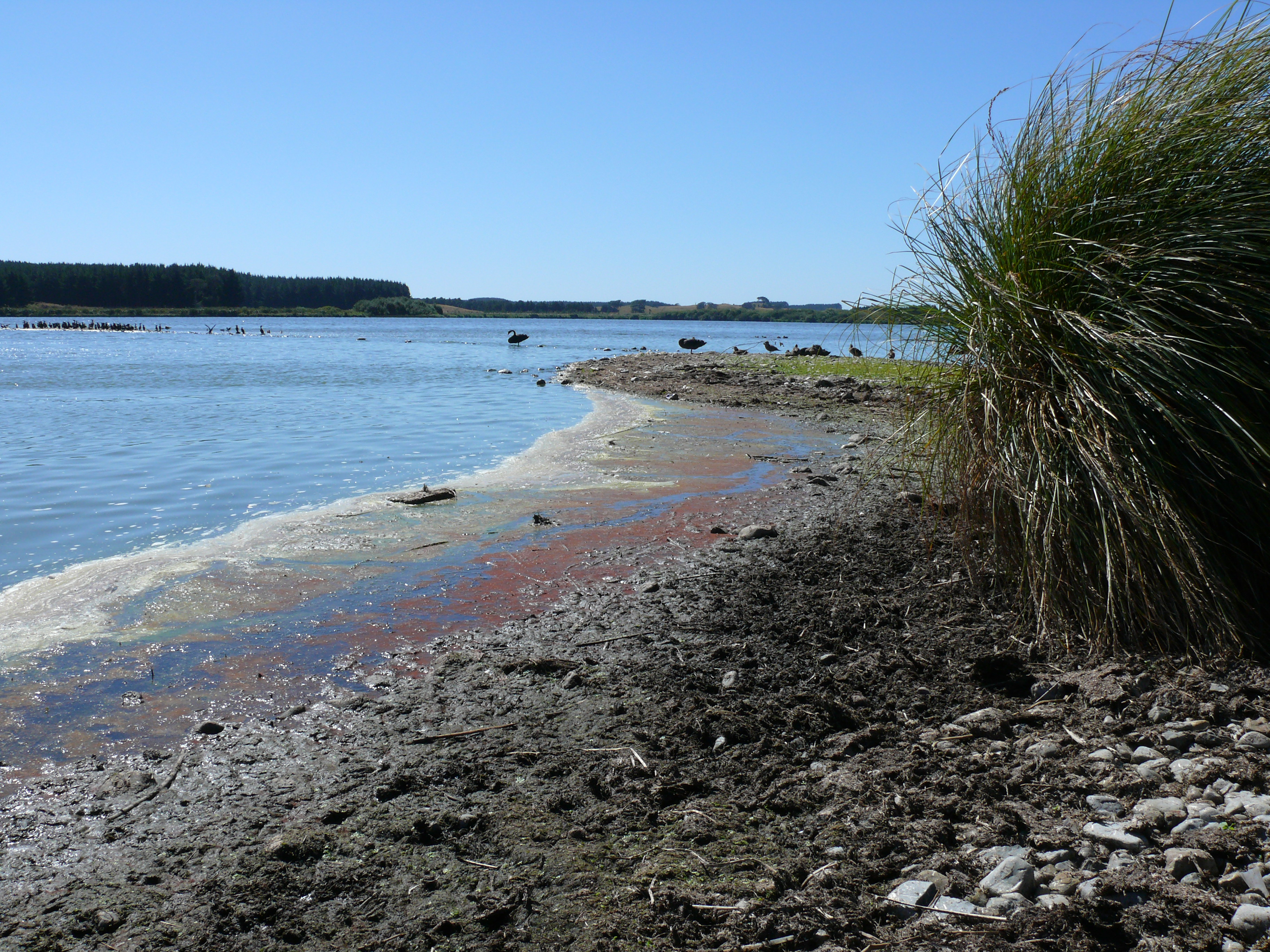Lake Horowhenua on:
[Wikipedia]
[Google]
[Amazon]
Lake Horowhenua is in the 
Horowhenua District
Horowhenua District is a territorial authority district on the west coast of the North Island of New Zealand, administered by Horowhenua District Council. Located north of Wellington and Kapiti, it stretches from slightly north of the town of ...
, an area of the southern Manawatū-Whanganui
Manawatū-Whanganui (; spelled Manawatu-Wanganui prior to 2019) is a region in the lower half of the North Island of New Zealand, whose main population centres are the cities of Palmerston North and Whanganui. It is administered by the Manawat ...
region in New Zealand
New Zealand ( mi, Aotearoa ) is an island country in the southwestern Pacific Ocean. It consists of two main landmasses—the North Island () and the South Island ()—and over 700 smaller islands. It is the sixth-largest island count ...
's North Island
The North Island, also officially named Te Ika-a-Māui, is one of the two main islands of New Zealand, separated from the larger but much less populous South Island by the Cook Strait. The island's area is , making it the world's 14th-largest ...
. It covers an area of .
The lake, also known as ''Punahau'', is an aeolian lake
A lake is an area filled with water, localized in a basin, surrounded by land, and distinct from any river or other outlet that serves to feed or drain the lake. Lakes lie on land and are not part of the ocean, although, like the much large ...
that lies on a sandy plain west of Levin and from the coast of the Tasman Sea
The Tasman Sea (Māori: ''Te Tai-o-Rēhua'', ) is a marginal sea of the South Pacific Ocean, situated between Australia and New Zealand. It measures about across and about from north to south. The sea was named after the Dutch explorer Abe ...
. It is a shallow lake, only some deep, fed by various small streams, and is drained by the Hokio Stream.
History
The lake was once surrounded bypodocarp
Podocarpaceae is a large family of mainly Southern Hemisphere conifers, known in English as podocarps, comprising about 156 species of evergreen trees and shrubs.James E. Eckenwalder. 2009. ''Conifers of the World''. Portland, Oregon: Timber Pre ...
forest as the centre of a rich wetland
A wetland is a distinct ecosystem that is flooded or saturated by water, either permanently (for years or decades) or seasonally (for weeks or months). Flooding results in oxygen-free (anoxic) processes prevailing, especially in the soils. The ...
ecosystem. Today the trees are gone and the wetland has been substantially drained. The lake is owned by the Māori
Māori or Maori can refer to:
Relating to the Māori people
* Māori people of New Zealand, or members of that group
* Māori language, the language of the Māori people of New Zealand
* Māori culture
* Cook Islanders, the Māori people of the C ...
Muaūpoko
Muaūpoko is a Māori iwi on the Kapiti Coast of New Zealand.
Muaūpoko are descended from the ancestor Tara, whose name has been given to many New Zealand landmarks, most notably Te Whanganui-a-Tara (Wellington). His people were known as Ngā ...
iwi
Iwi () are the largest social units in New Zealand Māori society. In Māori roughly means "people" or "nation", and is often translated as "tribe", or "a confederation of tribes". The word is both singular and plural in the Māori language, an ...
, who, with the help of the Horowhenua Lake Trust, are actively attempting to restore the wetland system (which also contains the smaller Lake Papaitonga) to its former state, as a conservation area.
In the 1820s the Muaūpoko were attacked by Te Rauparaha
Te Rauparaha (c.1768 – 27 November 1849) was a Māori rangatira (chief) and war leader of the Ngāti Toa tribe who took a leading part in the Musket Wars, receiving the nickname "the Napoleon of the South". He was influential in the original ...
and the Ngati Toa
''Ngati'' is a 1987 New Zealand feature film directed by Barry Barclay, written by Tama Poata and produced by John O'Shea.
Production
''Ngati'' is of historical and cultural significance in New Zealand as it is the first feature film written an ...
. Two island pā on the lake were destroyed.
Water quality
Between 1952 and 1987 treated sewage from Levin was dumped into the lake. This has contributed significantly to the currenteutrophic
Eutrophication is the process by which an entire body of water, or parts of it, becomes progressively enriched with minerals and nutrients, particularly nitrogen and phosphorus. It has also been defined as "nutrient-induced increase in phytoplank ...
state of the lake.
Between 2020 and 2030, the water of Lake Horowhenua is allowed to be maintained below some national bottom lines for water quality.
References
External links
* Lakes of Manawatū-Whanganui Levin, New Zealand {{ManawatuWanganui-geo-stub